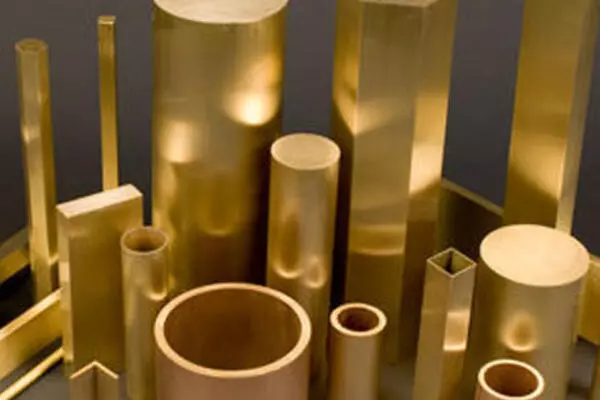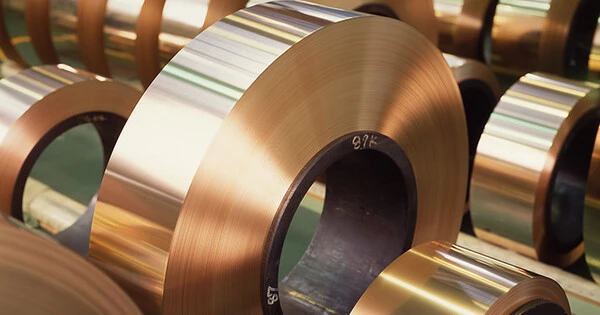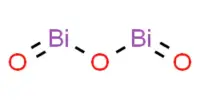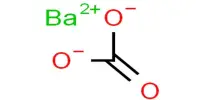Beryllium copper (BeCu), often known as beryllium bronze, is a copper alloy containing 0.5–3% beryllium and occasionally additional elements. Beryllium copper has great strength as well as nonmagnetic and nonsparking properties. It has exceptional metalworking, forming, and machining capabilities. It has numerous specialized applications in hazardous environmental equipment, musical instruments, precision measurement devices, bullets, and aerospace. Beryllium alloys pose a hazardous inhalation risk during production.
This material is used in a variety of industries since it is one of the strongest copper-based alloys. Aside from its great strength, different grades of beryllium copper have other features that make it useful for a variety of industrial applications, such as superior conductivity and non-magneticity.
Properties
Beryllium copper is an alloy that is ductile, weldable, and machinable. It is resistant to non-oxidizing acids such as hydrochloric acid and carbonic acid, plastic breakdown products, abrasive wear, and galling, just like pure copper. Heat treatment can improve its strength, durability, and electrical conductivity.
- High electrical and thermal conductivity
- Non-sparking and non-magnetic characteristics
- High ductility and excellent formability with regards to forming, machining, and metalworking processes
- Higher resistance to corrosion and oxidation than steel
- Higher durability than most copper alloys (resists wear and galling)
- Retention of properties in extremely low or extremely high temperatures
- Suitability for precipitation-hardening operations.

Beryllium copper has the highest strength of any copper-based alloy [up to 1,400 MPa (200,000 psi)]. It has 3-5 times the heat conductivity of tool steel (62 Btu/ft-deg.F-H). It has a solid melting point of 1590 °F (866 °C) and a liquid melting point of 1800 °F (982 °C). It has a high capacity for heat formation.
Copper alloys in general have long been thought to be non-sparking. It is strong enough to endure the usage of both hand and mechanical tools. These non-sparking characteristics are most useful in explosive situations, such as the oil and gas and gun powder industries.
Toxicity
Inhaling beryllium-containing dust, mist, or fume can result in the dangerous lung disorder chronic beryllium disease, which inhibits the exchange of oxygen between the lungs and the bloodstream. Beryllium is classified as a Group 1 Human Carcinogen by the International Agency for Research on Cancer (IARC). Beryllium is also classified as a carcinogen by the National Toxicology Program (NTP). Copper beryllium alloys containing less than 2.5 percent Beryllium (in Copper) are not carcinogenic.
Uses
Beryllium copper is a non-ferrous alloy that is used in springs, spring wire, load cells, and other items that must hold shape under repeated stress and strain. It has high electrical conductivity and is utilized in battery contacts and electrical connectors.
Beryllium copper screwdrivers, pliers, wrenches, cold chisels, knives, and hammers are available for use in explosive-hazardous situations such as oil rigs, coal mines, and grain elevators. Aluminium bronze is another metal that is occasionally used for non-sparking tools. Beryllium copper tools are more expensive and less sturdy than steel tools, however, their properties in hazardous conditions may outweigh the disadvantages.
Other industrial applications which employ beryllium copper include:
- Computers and electronics
- Fabrication of non-sparking tools
- Fasteners
- Telecommunication products
- Valve seats and cryogenics
- Injection mold design
- Musical instruments (percussion, strings, etc.).
















